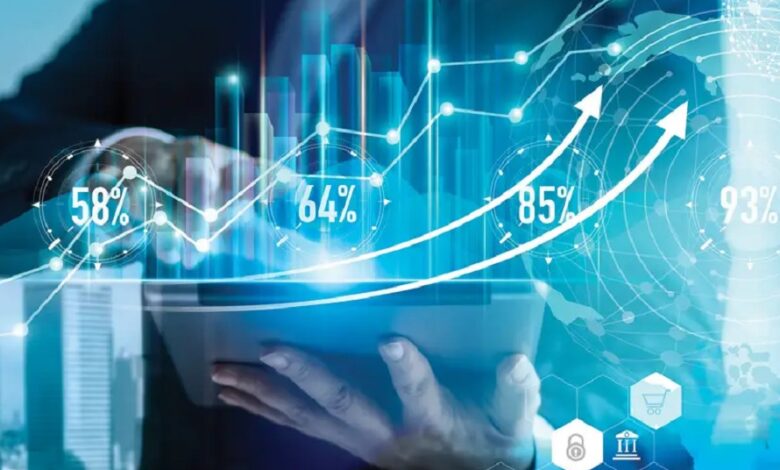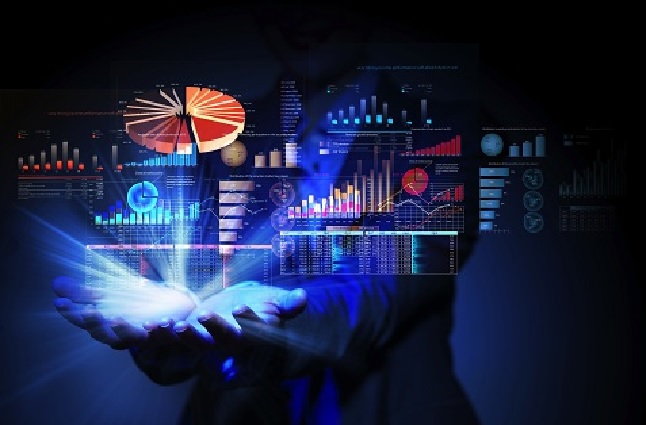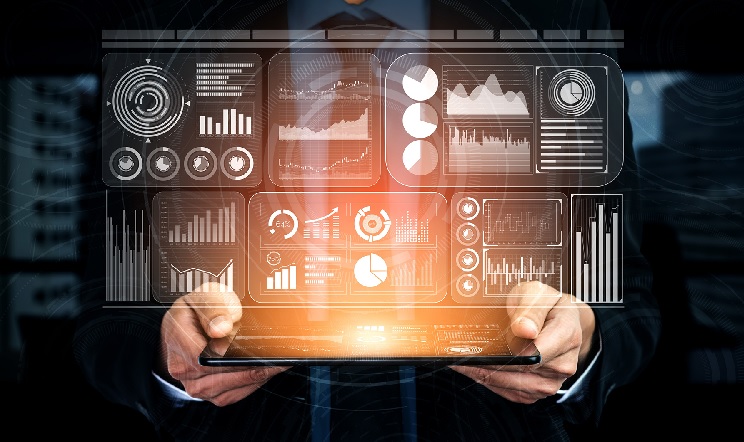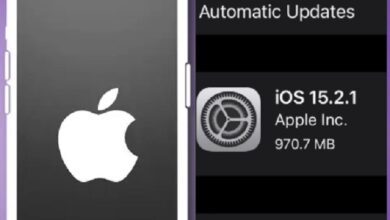
The science of studying raw data in order to draw inferences about this is referred to as data analytics. Several data analytics approaches & procedures have been mechanized into mechanical means & programs which deal with original data and thus are intended for human use.
Analytical Data Understanding
Data analytics is a wide phrase that refers to a variety of data analysis methods. Data analytics methods can be applied to any sort of data to gain knowledge which can be required to enhance processes.
Trends and metrics that may be missed in a volume of data can be discovered using data analytics techniques. This data can then be utilised to improve a company’s or programs overall performance by optimising procedures.
Business organisations, for example, frequently monitor the duration, maintenance, and work queue for different machines, then analyze the data to properly schedule workloads so that the machines function at reasonable speeds.
Steps in Data Analysis
Analysis of Data is a Multi-step Procedure That Includes The Following Steps:
- To figure out what data you’ll need and how you’ll categorize it. Age, demographics, income, and gender may all be used to segregate data. Data might be numerical or grouped into categories.
- The method of obtaining data in data analytics. This may be accomplished using a number of tools, including PCs, internet resources, cameras, environmental factors, and individuals.
- After the data has been gathered, it must be arranged in order to be examined. This might be done using spreadsheets or other quantitative data-gathering tools.
- After then, the data is processed before being analyzed. This implies it’s been cleansed and double-checked to make sure there were no duplicates or errors, so it’s not missing anything. This process aids in the correction of any inaccuracies before the information is sent to a data analyst for analysis.
Data Analytics Types–
There are Four Different Forms of Data Analytics
Descriptive Analytics
This outlines what occurred throughout a certain time period. Is it true that the number of views has increased? Is this month’s sales better than last month’s?
Diagnostic Analytics
It is more concerned with why something occurred. This requires more diversified data sources as well as some speculation. Has the weather have an impact on beer sales? Has the most recent marketing effort have an influence on sales?
Predictive Analytics
It is concerned with what is anticipated to occur in the near future.
Prescriptive Analytics
This is when data is used to propose a plan of action.
What Is the Importance of Data Analytics?
Data analytics is critical since it aids organisations in improving their results. Businesses can assist keep costs down by discovering more accurate and efficient by incorporating it into their company strategy.
Data analytics may also be used to assist a firm make smarter business decisions and assess consumer patterns and satisfaction that can lead to the development of latest and good products and solutions.

Who is a Data Analytics User?
Many industries, such as tourism and hospitality, have embraced data analytics since response times are often short. This business may collect client data and determine wherever, if any, issues happen as well as how to resolve them. Healthcare is also another industry that uses both structured and unstructured data, and data analysis may aid in making timely judgments.
Moreover, the retail business makes extensive use of data in order to suit the ever-changing needs of customers.
Skills for Data Analyst
SQL (Structured Query Language)
SQL (Structured Query Language) is the industry-standard database program & may be the most crucial skill for database administrators to possess. The program is sometimes referred to as a “graduated” form of Excel since it can manage large datasets which Excel cannot.
Almost every company requires somebody who knows SQL, whether it’s to record and analyze data, connect different databases, or develop or update database architecture entirely.
Microsoft Excel is a Spreadsheet Programme
Excel is usually the biggest thing that springs to mind whenever think of Excel, but it has a lot more analytic capability behind the hood.
While a software program such as R or Python is best suited to dealing with huge data sets, sophisticated Excel approaches such as building macros and employing VBA lookups still are extensively utilized for lesser lifting and rapid analyses.
If work for a small business or a startup, the very first edition of databases can be Excel. Technology has been a cornerstone for firms in every business throughout the years, so mastering it is essential. Fortunately, there are a plethora of excellent free materials available digitally to assist in getting started.
R or Python–Statistical Programming
R or Python can accomplish what Spreadsheet does—and 10 times quicker. R and Python, like SQL, can manage what Spreadsheet can’t. These are statistics programming languages that may be used to do sophisticated analysis and predictive analytics on large amounts of data.
Visualization of Data
It’s essential to be able to create a captivating tale using statistics in order to convey your message and keep the audience interested.
You’ll have a lot of trouble getting messages across to everyone if results can’t be simply and immediately recognized. As a result, whenever it comes to the issue of information, data visualization may drastically affect it.
Analysts convey their conclusions in a simple and clear manner by using gaze, elevated tables, and diagrams. Tableau’s visualisation software, which is delightfully user-friendly, is regarded an industry-standard analysis application.
Presentation Techniques
Data visualization and presenting abilities are inextricably linked. However, not everyone is born with the ability to present, and that’s fine! Even the most experienced speakers will occasionally let their anxieties get the best of them. Begin with exercise then practice a little more till find stride.
Setting precise objectives for growth and concentrating on the listener instead of oneself are two more strategies to get more comfortable speaking, according to Forbes.
Machine Learning
Machine learning has been highlighted as a major element of an analyst’s toolset since artificial intelligence & predictive analytics are 2 of the trendiest subjects in the field of statistics.
Because not every analysis deals with machine learning, understanding the techniques and ideas is essential for getting far in the profession. To develop in this field, will must have a firm grasp of statistical programming.

Pros and Cons of Data Analytics
| Pros | Cons |
| Better decision-making | Need for talent |
| Increased productivity | Data quality |
| Reduce costs | Need for cultural change |
| Improved customer service | Compliance |
| Fraud detection | Cyber security risks |
| Increased revenue | Rapid change |
| Increased agility | Hardware needs |
| Greater innovation | Difficulty integrating legacy systems |
| Faster speed to market |
Conclusion
Technology is constantly advancing. The process of analyzing databases in order to develop conclusions about just the data represents Data analysis techniques that actually take basic data and derive important insights from it by occurred previously.
Many data analytics approaches nowadays rely on specialized systems and software that combine machine learning algorithms, automation, and other features.






